 |
|
|
As we begin 2020, the LCGC editorial team looks back
at some of the most popular separation science articles of
2019.
In reversed-phase separations, retention generally increases
as the fraction of water in the eluent increases. When we
encounter situations where retention is too low for an
analyte of interest, we tend to use eluents with higher and
higher levels of water. But how much water is too much?
Read More
advertisement
A Guide to Finding the Ideal HPLC Column
• HPLC 101 provides definitions and terminology
• Answers to common questions when starting your column
selection process
• "How-To" page helps you choose a product that's right
for your application
• Care and Storage section advises on maximizing the
life of your product
• Technical References include resin specifications and
useful chromatography calculations
Download our Hamilton HPLC Columns Reference Guide
today!
|
|
|
|
advertisement |
 |
|
Subscribe
Subscribers can enjoy each full issue of LCGC in print, or via LCGC apps.
subscription offers |
 |
|
|
|
|
Given the complexity of producing bispecific antibodies,
suitable analytical methods to detect and measure the levels
of undesired variants are essential. Here, a novel MS-based
method for variant detection is presented.
Read More
|
|
|
|
|
advertisement
Micro Pillar Array Column Technology Resource
Center
An online resource with useful tools and practical
information for separation scientists who want to find out
more about how micro Pillar Array Columns can benefit the
laboratory scientist in practice. The site provides useful
technical notes, video interviews, and executive summaries of
cutting-edge applications from leading practitioners in the
field of proteomics and biopharmaceutical applications.
 Learn more Learn more
The advantages and limitations of several recently introduced
mathematical procedures for enhancing peak resolution in
liquid chromatography (LC) are described. Despite advanced
separation technologies and extensive knowledge in method
development, peak overlap is still commonly observed. This
article gives a brief overview of the advantages and
limitations of recently introduced mathematical procedures
for enhancing resolution.
Read More
The occurrence of additives like plasticizers in plastic food
packaging has been documented, but information on their
potential migration into foods is limited. In this pilot
study, 2D GC-MS was used to identify chemicals extracted from
a common stretch plastic film with a series of organic
solvents. In total, 91 compounds were tentatively identified,
including five PCBs.
Read More
If you have a method or process that involves a number of
different variables, multivariate optimization approaches can
provide a faster route to optimum conditions and can lead to
a more reliable outcome than using a one-factor-at-a-time
approach. With a little study and practice, students and
researchers can apply these optimization techniques, even if
a complete understanding of the underlying statistical
treatments is not immediately apparent.
Read More
We provide a technical overview of the design and operating
principles of variable wavelength and photodiode array
detectors and include historical perspectives and common
practices in operation and maintenance.
Read More
|
|
|
|
We propose a simple method for the analysis of leachables
employing solid-phase microextraction (SPME) and
comprehensive two-dimensional gas chromatography, coupled to
mass spectrometry (GCxGC-MS). This fully automated method
bypasses the use of solvents and excessive sample handling.
Four potential leachables were tentatively identified.
Read More
We assess the advantages and disadvantages of 1.0-mm diameter
columns.
Read More
In plant metabolomics, molecular fingerprints and additional
molecular descriptors can be identified using recent
developments in polarity-extended separations with serial
coupling of reversed-phase LC and HILIC combined with
ESI-TOF-MS.
Read More
Temperature programming is used in most capillary GC
separations, but many analysts lack a good understanding of
the principles behind this approach.
Read More
|
|
|
|
The environmental analysis community sorely needs a system by
which new and up-to-date methods are more easily developed,
shared, and adopted.
Read More
Whether or not headspace sampling is quantitative depends on
the information gleaned from the analysis.
Read More
Coupling CE with MS presents some challenges. Here, we
discuss the advantages of CE-MS over LC-MS, and the
parameters that are important to obtain a stable CE-MS
profile.
Read More
|
|
|
|
APPLICATION NOTE
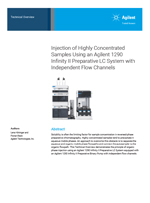 |
Avoid precipitation of concentrated samples by
splitting the pump channels: organic phase will pass
through the autosampler; aqueous phase will join at the
column head. Download the application note.
 / Learn more / / Learn more /
|
|
|
|
FEATURED PRODUCTS
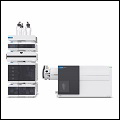 |
The highest performance LC/TQ available with Agilent's
third generation iFunnel design, ideally suited for
peptide quant as well as multiresidue applications that
require ppt sensitivity. The combination of utmost
sensitivity, extended mass range, ease of maintenance
with VacShield technology, and the power and
flexibility of MassHunter makes this the system of
choice for demanding applications. / Learn More / / Learn More /
|
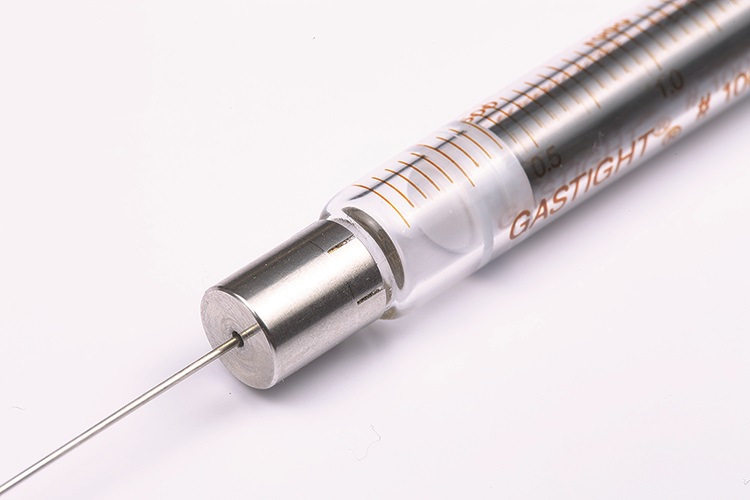 |
An innovative CTC Combi PAL® Autosampler HDHT
headspace syringe for high temperature applications up
to 200°C. The HD-plunger employs a unique spring in
the plunger tip, creating a better seal over a larger
temperature range and improving syringe lifetime.
 / Learn more / / Learn more /
|
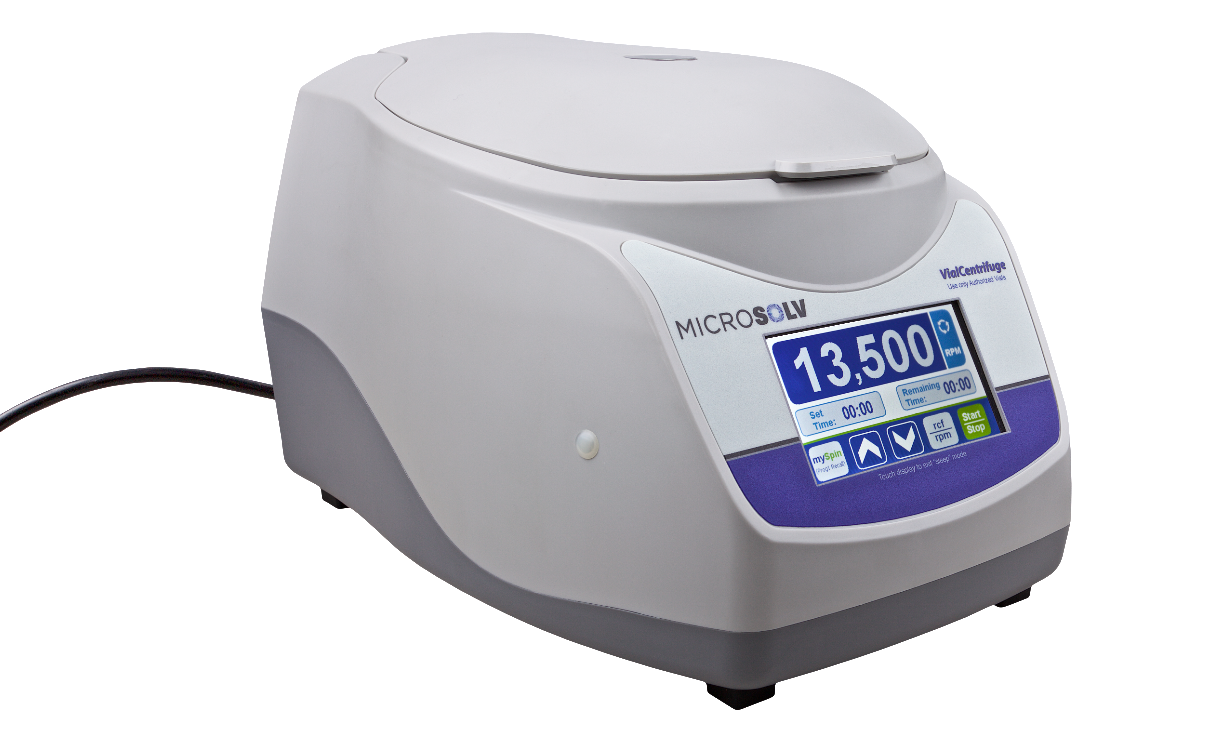 |
High Speed Benchtop Centrifuge with a specially
designed rotor and 8 adapters and cushions for approved
glass MRQ™ (1.2ml) and MaxRecovery (1.8ml) single
piece, heavy wall autosampler vials. Ideal when plastic
vials are not recommended.
 / Learn more / / Learn more /
|
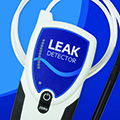 |
Restek's electronic leak detector lets you pinpoint
small gas leaks quickly and accurately. The new unit
can be operated during charging or used up to 12 hours
between charges.
 / Learn more / / Learn more /
|
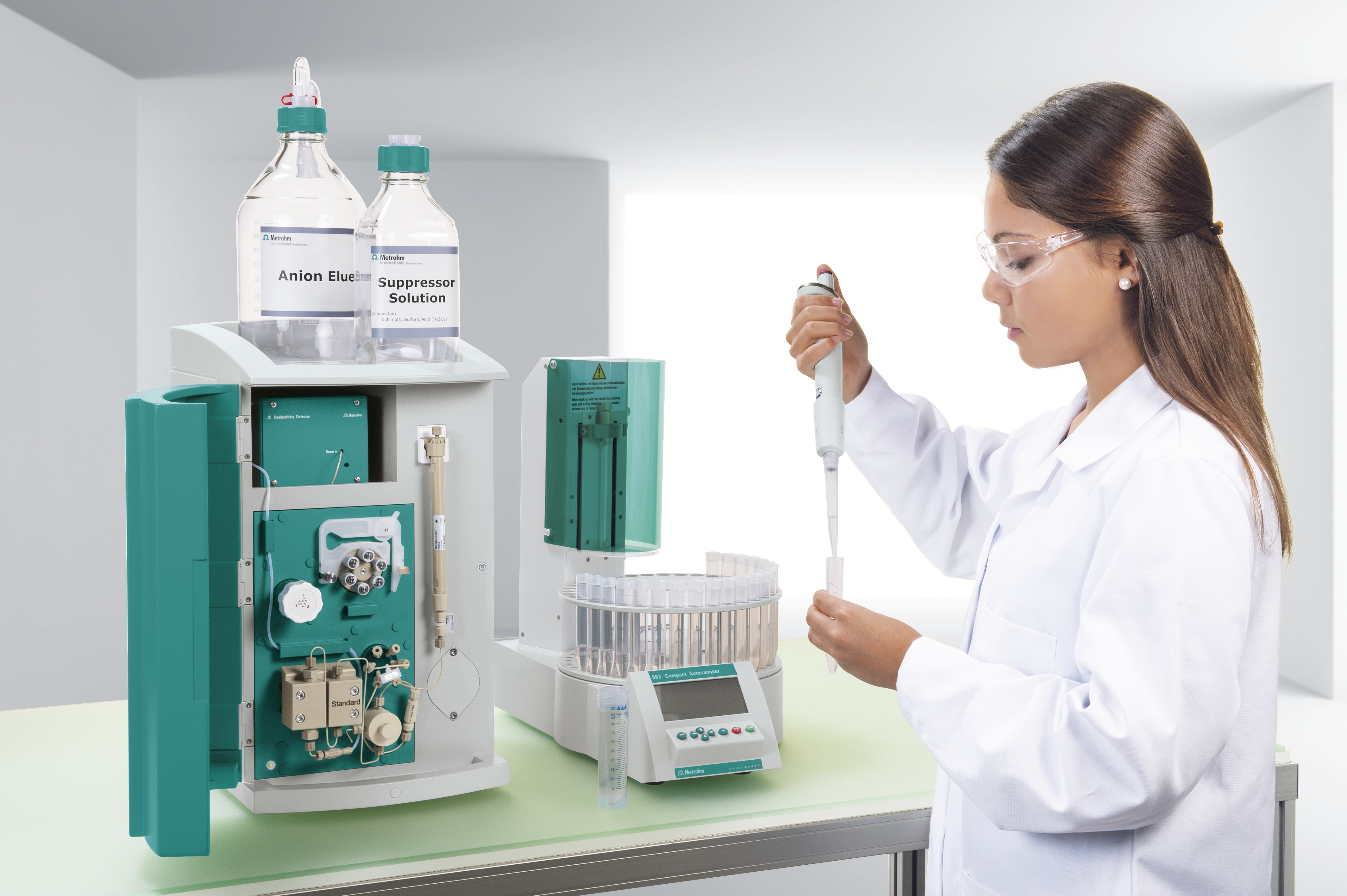 |
Metrohm's Eco IC was specifically designed for the
routine analysis of anions, cations and polar
substances. It comes with all components needed for
analysis: suppressor, conductivity detector, and
software.
 / Learn more / / Learn more /
|
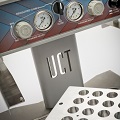 |
UCT's all new 48 position positive pressure manifold
features the same rugged performance end-users have
grown to expect, but now boasts a streamlined, compact
footprint.
 / Learn More / / Learn More /
|
|
|
|
|
|